250+ Small Business Marketing Statistics to Know for 2025
[ad_1]
Welcome to your complete guide to small business marketing statistics for 2025!
Marketing moves fast, and keeping up with the latest trends can feel overwhelming. That’s why we’ve done the heavy lifting for you – analyzing hundreds of reports, crunching the latest numbers, and compiling over 250 statistics that matter for your business.
From AI’s rising influence to tried-and-true email marketing, from social media shifts to SEO changes – we’ve got the numbers that paint a clear picture of today’s marketing landscape. Whether you’re planning your strategy or curious about where the industry is heading, these statistics tell the story of what’s working now and what’s coming next.
Small Business Growth Statistics: The Numbers That Matter
Small business growth hit an impressive milestone in the last year, with 400 million small and medium-sized enterprises now operating globally (Luisa Zhou).
This represents a significant jump from the end of 2023, when the count stood at 358 million (Statista) – showing just how rapidly the small business sector continues to expand.
For current business owners and aspiring entrepreneurs alike, there’s never been a more dynamic time to be part of this growing movement! The opportunities are there – it’s just a matter of knowing where to focus your marketing efforts.

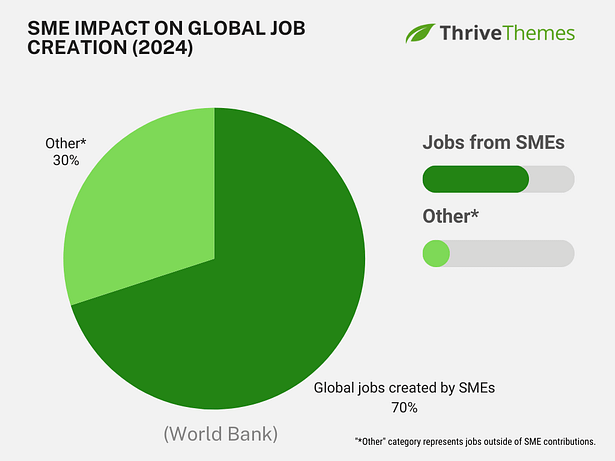
The impact of these businesses (your businesses) is staggering:

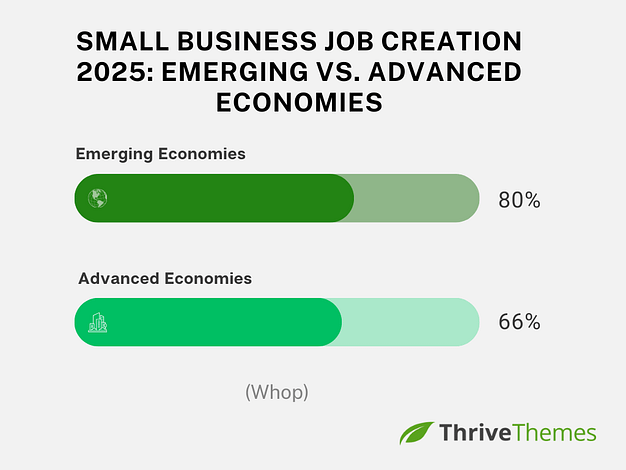
Running a business or planning to start one?
You’re part of an incredibly significant economic force. The market has room for fresh ideas and new ventures – and smart marketing can help you find your place in it. Let’s look at the trends that matter for 2025.
Search Engine Optimization Statistics
Google still holds roughly 90% of search engine marketing share in the world (Statcounter) – which means most of your target audience is mainly searching for information on this platform.

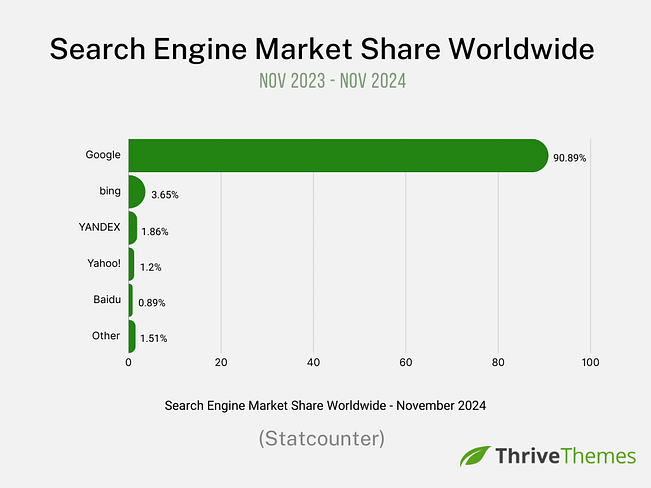
Search Intent: What Are People Searching For?
In terms of searching for information, searchers’ interests have changed over the last year, with a recent September study revealing that 52% of searches on Google were conducted to acquire information (Sparktoro) on a subject rather than for commercial or transactional purposes.

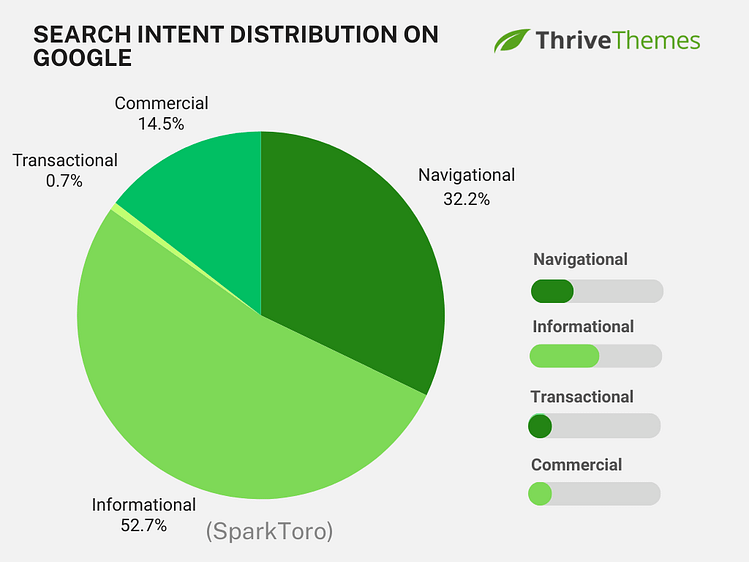
According to this same Sparktoro report, a third of Google searches are navigational — which means these people know where they want to go or what they’re looking for, they’re just using Google to get them there more accurately, efficiently, or safely than typing in a web address manually.
Local Search: How Are People Finding Nearby Businesses?
Approximately 80% of consumers use search engines to find local information (Think With Google) – that’s 4 out of every 5 people actively looking for businesses like yours online.
This local intent is huge: 46% of all monthly Google searches have local intent (AIOSEO).

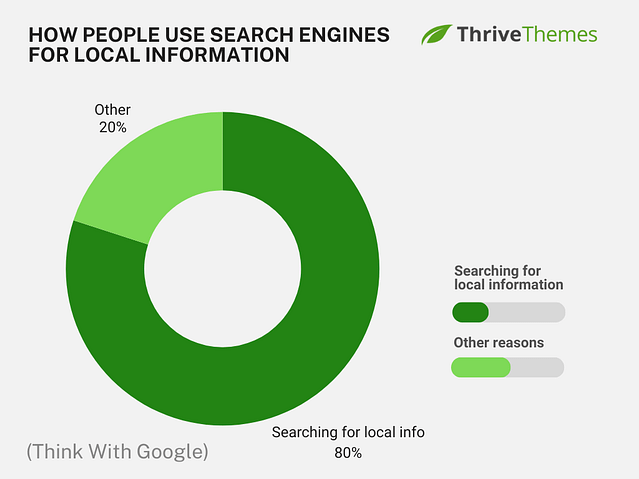
The impact on business is significant:
Mobile Search: Where Are Your Customers Looking?
Think about the last time you pulled out your phone to look something up – you’re not alone.
Latest data reveals that 63.38% of global web traffic comes from mobile devices (SOAX), and a staggering 87% of smartphone owners use a search engine daily (Go-Globe). For local businesses, this mobile-first behavior is particularly important: 57% of local search queries come from mobile devices or tablets (AIOSEO).
These mobile searches translate directly to sales and visits:
Keyword Trends: What Are Today’s Search Terms Telling Us?
Think the keyword game is all about high-volume search terms? Think again. Latest data shows that 94.74% of keywords have monthly search volumes of 10 or less, and only 0.0008% of keywords get more than 100,000 monthly searches (AIOSEO). Even more interesting: 15% of all Google searches are completely unique, having never been searched before.
Long-tail keywords are dominating the landscape:

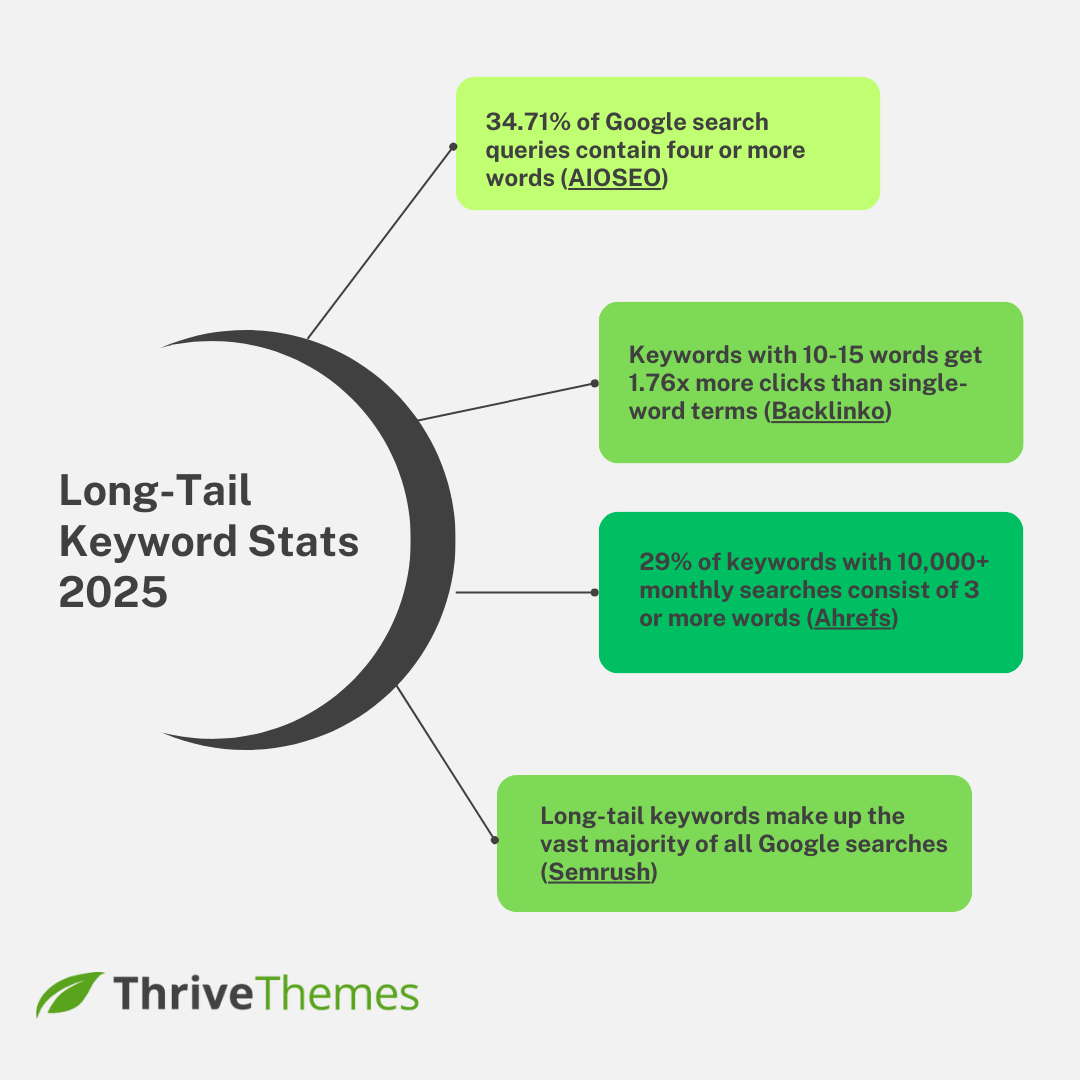
In terms of optimization and user behavior insights:
Search Rankings: What Makes The Difference?
The competition for Google’s top spots continues to grow. Recent data shows that more than 25% of people click on the first Google search result (Search Engine Journal), with click-through rates dropping to 15% for second position and 11% for third position.
But here’s the bigger picture: 58.5% of searches in 2024 are “zero-click” searches (SparkToro), meaning users find their answers directly in the search results.
The numbers tell an interesting story:
SEO in 2025: What This Means for You
Let’s break down what all these numbers really mean for your business.
Search is evolving – it’s more local, more mobile, and people are hungry for information rather than just sales pitches. The game isn’t just about getting to the top of Google anymore (though that’s still important).
With so many zero-click searches and featured snippets grabbing attention, you need to provide value right there in the search results, not just on your website.
Here’s what you can do about it:
Remember: While getting to the top of Google is great, what really matters is creating content that helps your audience find what they need, whether they click through to your site or not. Focus on being genuinely helpful, and the rankings will follow.
Content Marketing Statistics for 2025
Organic search and referral traffic is the largest and most effective source of marketing ROI for brands. In every industry — from technology to manufacturing and non-profits to pharma. And it’s all generated by content marketing.

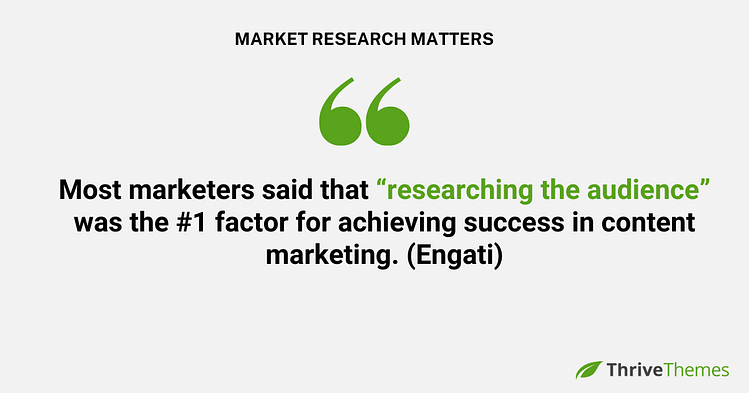
So here are some insightful facts about content marketing that will help you curate your digital marketing strategy this year. (Engati)
Most marketers said that “researching the audience” was the #1 factor for achieving success in content marketing. (Engati)
Social Media Marketing: Hotter Than Ever
Social media isn’t slowing down — with 256 million new users joining platforms in the past year, that’s 8.1 new users every second (DATAREPORTAL).
Today, the average person spends 145 minutes daily on social media (Statista), and over 90% of brands have embraced social media marketing (Engati).
Platform dominance tells an interesting story. Facebook leads with 3.065 billion monthly active users, followed by YouTube (2.5 billion), WhatsApp and Instagram (2 billion each), and TikTok (1.5 billion). X/Twitter sits at 12th place with 611 million users (Statista).

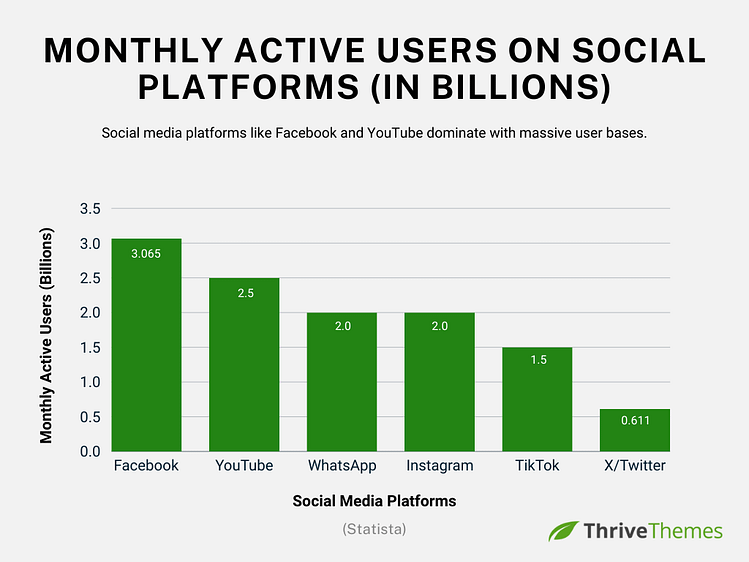
Consumer behavior on these platforms is changing how we shop:
Engagement insights show both opportunities and challenges:
Social Selling: The Future of Shopping Is Social
Social selling isn’t slowing down – it’s taking off.
Forecasts suggest social commerce revenues might exceed $1.2 trillion by 2024, with a potential climb to $6.2 trillion by 2030 (Statista). We’re watching online shopping change right before our eyes.

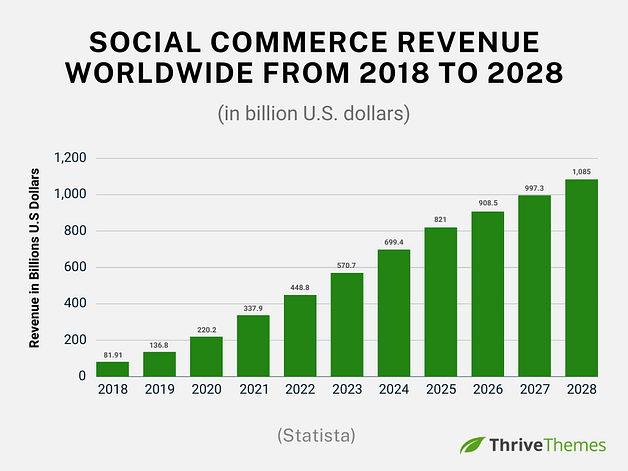
Already, more than half of American consumers (53%) buy through social media weekly (Influencer Marketing Factory), while 43% find new products through their social feeds (PYMNTS).
When it comes to where people shop, Facebook draws in 31% of online consumers, while Instagram is the clear winner with Gen-Z, attracting 39% of these young shoppers (Wunderman Thompson). These numbers show just how much social media shapes our buying habits.
The power of influence keeps growing:

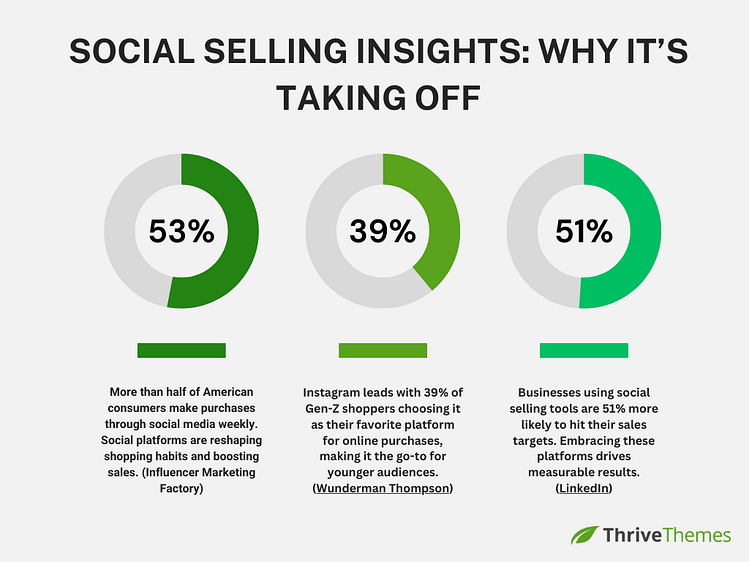
And sales teams are seeing big results, too:
Blog Content: What Are The Numbers Telling Us?
Blogs make up nearly a third of all websites – there are 600 million blogs across 1.9 billion websites worldwide, with 7.5 million new posts published every day (MasterBlogging).
For businesses, these numbers matter: adding a blog to your website can increase visitors by 55% (MasterBlogging), and 70% of people prefer getting information from blogs over traditional advertisements (Demand Metric).

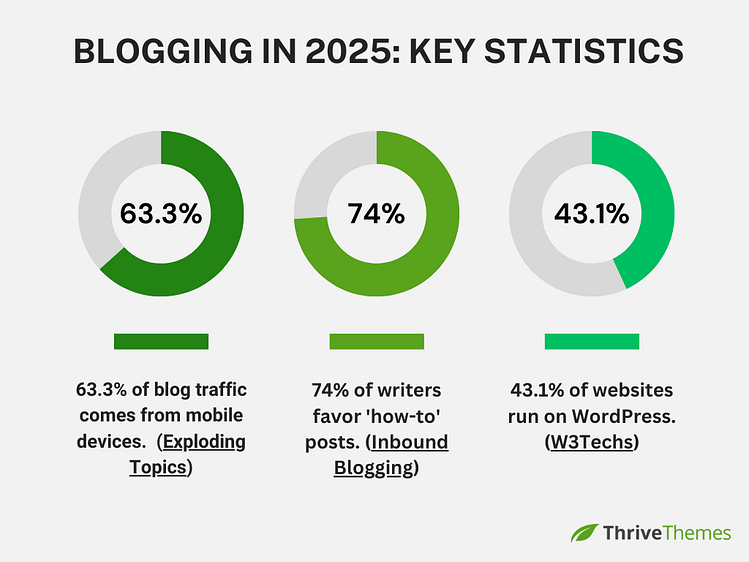
How people create and consume blog content is evolving:
The technology behind blogging shows interesting patterns:
Video Marketing: What’s Capturing Attention in 2025?
Remember when video was just a “nice to have”? Those days are long gone. A staggering 91% of businesses now use video as a marketing tool (G2), and it’s easy to see why – 98% of marketers say it’s become integral to their strategies (Lemonlight).
The impact speaks for itself, with 45% of marketers reporting videos as their best-performing content (Engati).
What do viewers really want? The numbers paint a clear picture:

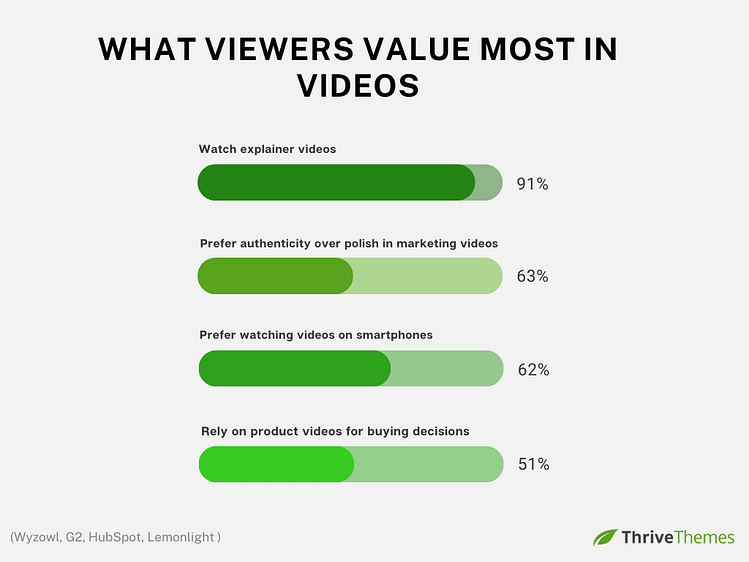
Who’s making all this content? Here’s the breakdown:
Looking ahead, these numbers are shaping strategy:
Email Marketing: The Marketing Channel That Keeps Delivering
Any doubts about email’s relevance?
Consider this: we’re heading toward 4.73 billion email users by 2026 (Statista), and 87% of marketing leaders call email critical to their company’s success (Litmus). The numbers back this up – email marketing generates an impressive $40 ROI for every dollar spent (Omnisend).
What makes people click and buy?

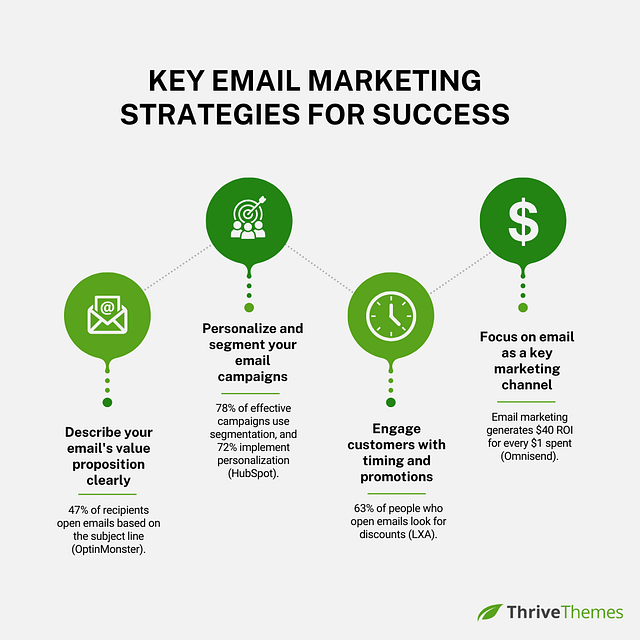
The strategy behind successful campaigns:
Real results show email’s power:
Podcast Marketing: What The Numbers Show
Podcast audiences keep growing, with listeners increasing from 506.9 million in 2023 to 546.7 million in 2024 (Notta). The younger demographic leads this charge – 59% of people aged 12-34 are monthly podcast listeners, with 43% tuning in weekly (Edison Research).
Where and how are people listening?

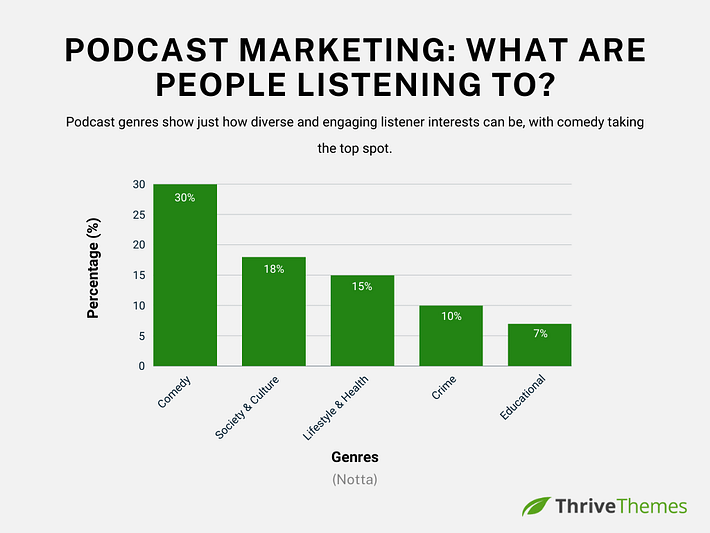
What are they listening to? Genre preferences show:
And the money follows the listeners:
Content Marketing in 2025: What This Means for You
All these numbers point to one clear reality: content marketing isn’t just a single channel anymore — it’s an ecosystem where blogs, videos, emails, podcasts, and social media all work together.
The key is understanding that while organic search remains the biggest ROI driver, success comes from knowing exactly who you’re creating content for and meeting them where they are. Your audience is consuming content across multiple platforms, but they’re looking for value and authenticity above all else.
Here’s what you can do about it:
Remember: While the platforms and formats may change, providing genuine value to your audience remains constant. Start by deeply understanding your audience’s needs, then create content that genuinely helps them solve their problems. The platforms you use should follow your audience’s preferences, not the other way around.
Lead Generation & Nurturing Statistics for 2025
Lead generation isn’t just about collecting contacts anymore — it’s evolving into a sophisticated science. With 91% of marketers naming it their top goal (Rule Analytics), the numbers tell an interesting story about what works in today’s scene.
Adding a personal touch matters:
And, of course, email still rules the game:

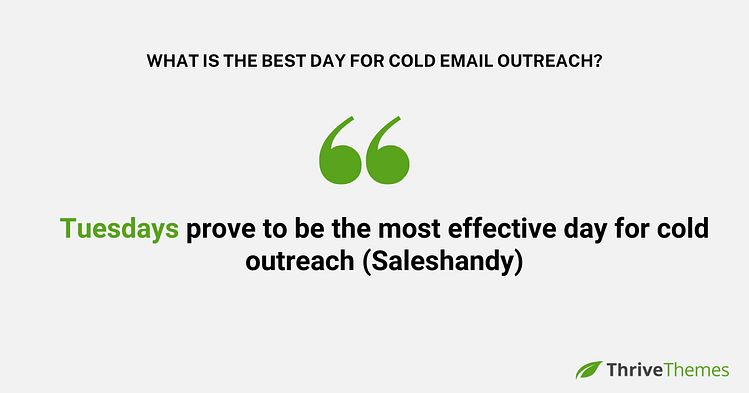
Looking to improve your strategy? Try a multi-channel approach:

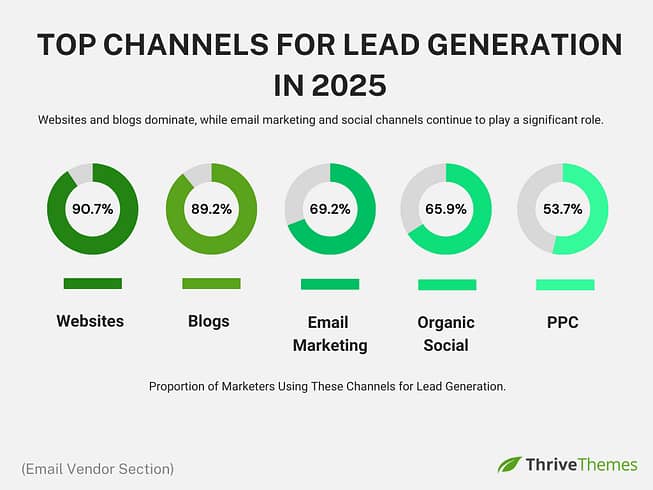
There are a few key challenges marketers and businesses are still facing, though:
Lead Generation in 2025: What This Means for You
Let’s break down what these statistics really mean for your business.
Lead generation has become deeply personal and multi-channeled, but that doesn’t mean you need to be everywhere at once. The key is understanding that modern consumers expect personalized experiences and are actually willing to share data to get them. It’s not just about collecting email addresses anymore – it’s about building relationships through valuable content and meaningful interactions across the channels that matter most to your audience.
Here’s what you can do about it:
Remember: While these numbers show the importance of multiple channels and tactics, success comes from starting small and doing it well. Pick one or two channels to master first, nail your personalization strategy, and gradually expand as you see what works for your specific audience. Quality always beats quantity in lead generation.
Pro tip
Successful lead generation boils down to how you get your target audience to your website and into your mailing list. And you need a solid funnel to get the job done.
Check out this detailed tutorial to learn how to set up a lead generation funnel with the right tools.
Paid Marketing Statistics for 2025
The numbers around search advertising tell an interesting story: while 65% of people click on search ads when shopping, just 40% of small businesses tap into this opportunity.
For businesses with tight marketing budgets (under $1,000 monthly), that number drops to 27% (LocaliQ)

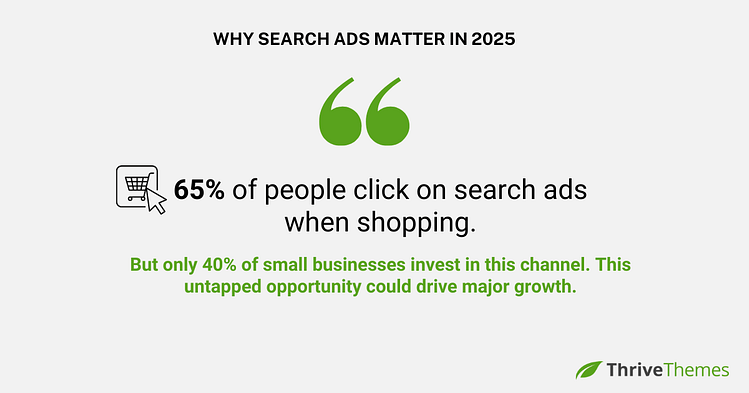
Let’s look at where the big platforms stand:
Meta’s growth story keeps getting better:

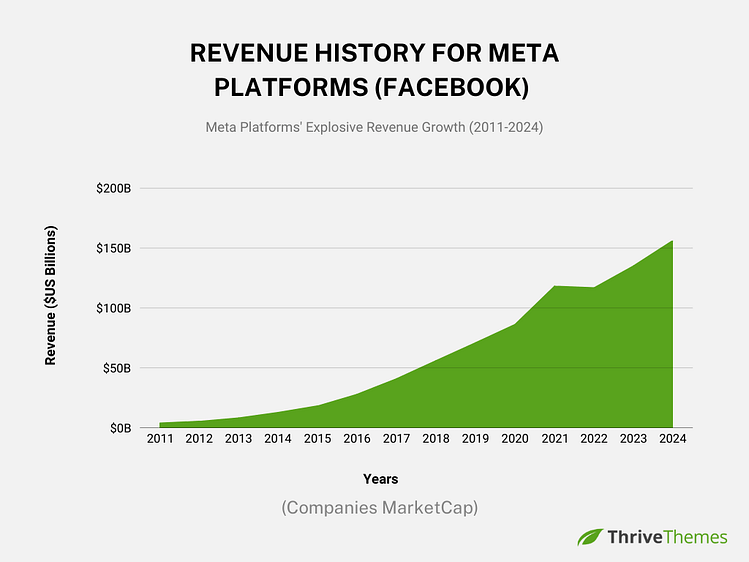
When it comes to what’s actually working:
NOTE:
Here’s what to watch in 2025: Privacy regulations are getting stricter, changing how businesses can target and track their ad performance (Marketing Insider Group).
Your best move? Start building your first-party data now – focus on growing your email list, encourage direct engagement with your audience, and make sure you’re collecting data transparently through your own channels rather than relying solely on platform targeting options.
Paid Marketing in 2025: What This Means for You
The paid advertising landscape might seem intimidating, especially with rising costs and increasing privacy regulations, but these numbers reveal some clear opportunities.
While most businesses flock to Facebook and Google (for good reason), there’s still untapped potential in search advertising, particularly for small businesses.
Your paid marketing roadmap needs to balance proven channels with emerging opportunities, while keeping an eye on privacy changes that could affect targeting capabilities.
Here’s how to approach paid marketing in 2025:
Remember: You don’t need massive budgets to see results. Start with one platform, master it, then expand. The key is consistent testing and optimization rather than trying to compete everywhere at once.
Pro tip
When it comes to paid advertising, start smart and strategic. If you’re in retail, Shopping Ads should be your first priority with their 60% click-through rate.
Consider using both Facebook and Google Ads for wider reach, but start with small daily budgets rather than large monthly commitments. With video ads converting 82% better on YouTube and CPCs rising by 19%, track your performance carefully and focus your spend on what works best for your business.
AI in Marketing: How Are Businesses Really Using It?
If you’re curious about AI in marketing, you’re not alone. The industry is seeing unprecedented growth, and businesses of all sizes are discovering its potential.
The adoption numbers tell the story: 89% of marketers now use generative AI tools (Content Marketing Institute), with small businesses keeping pace – 67% are already using AI for content marketing or SEO (Semrush).
This isn’t just a passing trend; overall business AI adoption has jumped to 72% from around 50% in previous years (McKinsey), showing just how much this technology is reshaping the marketing landscape.
Let’s look at where marketers are putting AI to work:

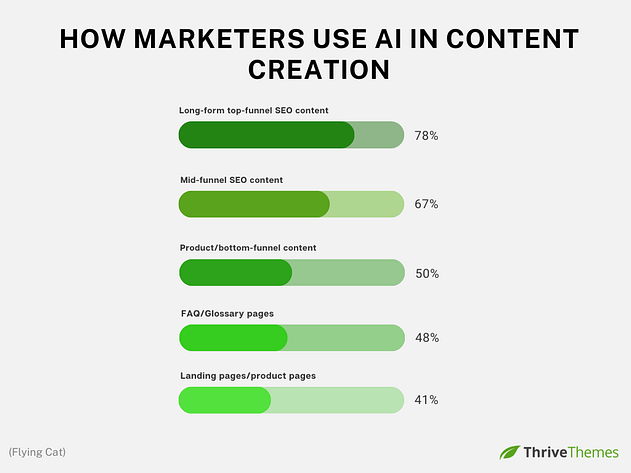
The results speak for themselves:
What about the challenges?
AI and Marketing in 2025: What This Means for You
IT’s clear that AI in marketing isn’t just hype — it’s becoming a essential tool for businesses looking to stay competitive. The statistics show that when used strategically, AI can save time, improve content quality, and boost ROI. However, the key word here is “strategically” – it’s about finding the right balance between AI efficiency and human touch.
Here’s how to approach AI in your marketing:
Remember: AI is a powerful tool, but it’s not a complete replacement for human creativity and judgment. The most successful businesses use AI to enhance their marketing efforts, not to fully automate them. Start small, measure results, and scale what works.
Moving Forward: Your Marketing Action Plan
So you’ve just absorbed 250+ marketing statistics — that’s a lot to take in! But before you rush off to implement all these exciting strategies, let’s talk about your foundation: your website. After all, it’s where all your marketing efforts lead back to.
Look at it this way:
with 63.38% of your potential customers browsing on mobile and 76% of local searches leading to a business visit within 24 hours, your website needs to do more than just exist – it needs to convert. It’s not just your digital business card anymore; it’s your 24/7 salesperson.
That’s exactly why I use and recommend Thrive Suite. It’s a complete WordPress solution that helps you turn these marketing insights into actual results. Here’s what you get:
If you’re serious about giving your business a big competitive edge this year — Thrive Suite is what you need.
The opportunities are there – now it’s time to turn these insights into action. Here’s to your marketing success in 2025!
[ad_2]
منبع:totalwptheme



